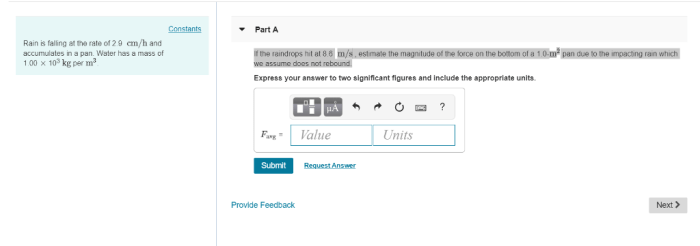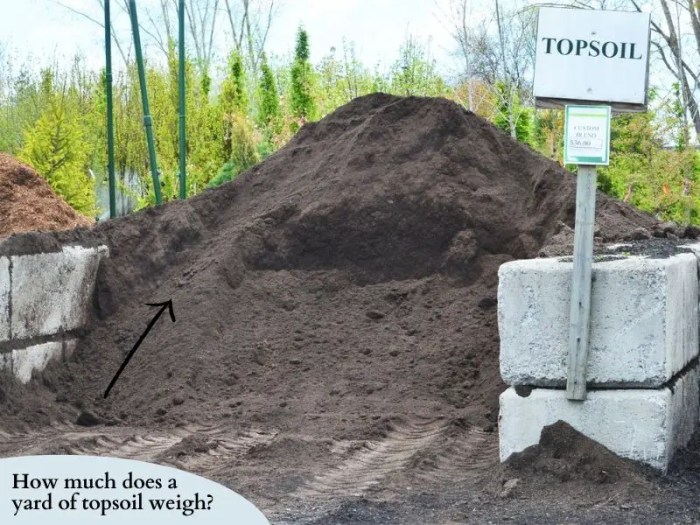Chapter 11: Topsoil Accumulates at the Rate of _______________. delves into the fascinating world of soil formation, exploring the intricate factors that influence the rate at which topsoil accumulates. Topsoil, the lifeblood of terrestrial ecosystems, plays a pivotal role in supporting plant growth, soil fertility, and the overall health of our planet.
This chapter unravels the complex interplay between climate, vegetation, and land use practices, shedding light on how these factors shape the rate of topsoil accumulation. From the vast rainforests to the arid deserts, the accumulation of topsoil varies significantly, and understanding these variations is crucial for sustainable land management.
Rate of Topsoil Accumulation: Chapter 11: Topsoil Accumulates At The Rate Of _______________.

Topsoil, the uppermost layer of soil, plays a crucial role in ecosystem health and agricultural productivity. Its accumulation is a gradual process that involves the weathering of rocks, decomposition of organic matter, and the deposition of sediments. The rate of topsoil accumulation varies significantly across different regions and ecosystems, depending on factors such as climate, vegetation, and land use practices.
Globally, the average rate of topsoil accumulation is estimated to be around 1-2 mm per year. However, this rate can vary from as low as 0.1 mm per year in arid regions to over 5 mm per year in humid, well-vegetated areas.
Factors Influencing Topsoil Accumulation, Chapter 11: topsoil accumulates at the rate of _______________.
- Climate:Precipitation and temperature play a significant role in topsoil accumulation. High rainfall and moderate temperatures promote the weathering of rocks and the decomposition of organic matter, leading to faster topsoil formation.
- Vegetation:Plant roots help stabilize the soil and prevent erosion, while organic matter from decaying plants contributes to topsoil formation. Forests and grasslands with dense vegetation tend to have higher rates of topsoil accumulation.
- Land Use Practices:Human activities, such as agriculture, deforestation, and urbanization, can significantly impact topsoil accumulation. Unsustainable farming practices, such as excessive tillage, can lead to soil erosion and reduce topsoil thickness.
FAQ Compilation
What is the average rate of topsoil accumulation worldwide?
The average rate of topsoil accumulation varies depending on location and environmental conditions, but generally ranges from 1 to 2 millimeters per year.
How does deforestation affect the rate of topsoil accumulation?
Deforestation can significantly reduce the rate of topsoil accumulation by exposing the soil to erosion from wind and water. Loss of vegetation cover diminishes organic matter input and disrupts the natural nutrient cycle, further hindering topsoil formation.
What are some best practices for sustainable soil management to promote topsoil accumulation?
Implementing no-till farming, cover cropping, and crop rotation can help protect the soil from erosion, enhance organic matter content, and improve soil structure, thereby promoting topsoil accumulation.


